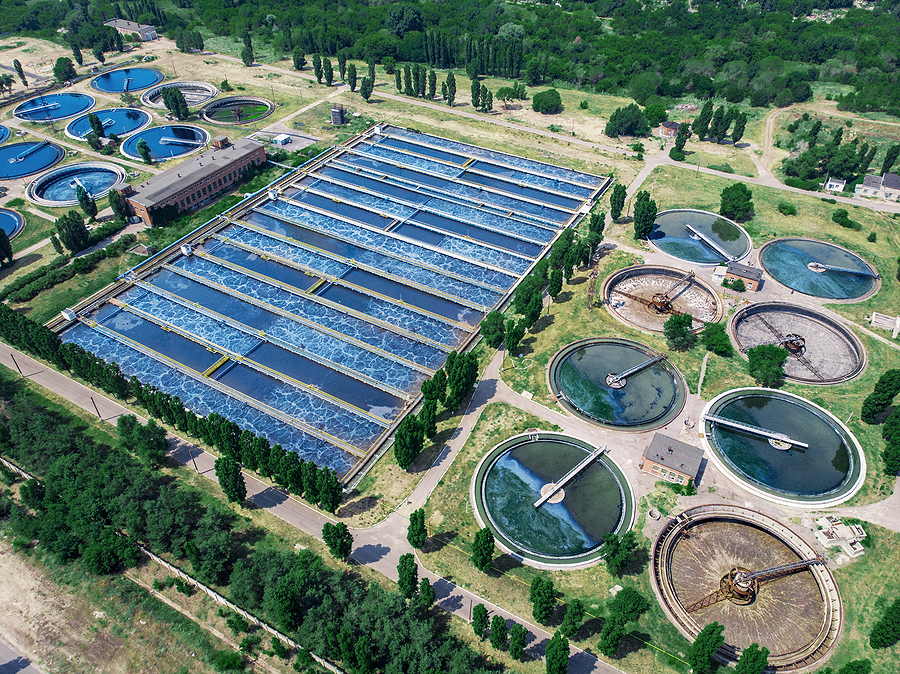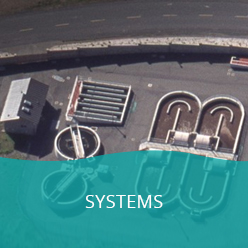With the increase in scarcity and environmental regulations that are pushing for a more sustainable future, wastewater filtration methods are changing. Wastewater filtration technology is critical to public health, environmental protection, and water reuse, which makes innovation in this sector even more important. Many different innovations are shaping the way wastewater filtration is done, and we’re going to go into some of the newest innovations coming soon that will shape the way wastewater filtration is done.
What is Filtration in Wastewater Treatment?
Filtration is the most important part of wastewater treatment as it is the step that removes contaminants and pollutants from the water. It is responsible for allowing water reuse, reducing environmental impact, and improving water quality. There are different filtration types and methods, but overall, filtration is the one area that should be improved in order to change the way wastewater treatment is done and how effective it is.
There are three main types of filtration that are done to wastewater; let’s look at the differences between them to get a better idea of what wastewater filtration entails:
Physical Filtration
This is the process of using a physical barrier to filter out solids from the water. Some examples of these filters can be screens, sand filters, and sediment filters. This method works well for removing larger particles from the water that are easily caught by the filter.
Biological Filtration
Biological filtration takes it a step further than physical filtration by using beneficial microorganisms to break down contaminants. This type of filtration is best for contaminants that cannot be removed by a physical filtration barrier, such as nitrates and ammonia.
Advanced Filtration
Advanced filtration is the combination of advanced methods put together that can help to eliminate pollutants that are more difficult to get rid of. Typically, this method of filtration targets dissolved pollutants and microscopic organisms that cannot be filtered out with traditional methods. Some examples of this include membrane filtration, advanced oxidation processes, and electrodialysis reversal.
Wastewater Filtration Innovations in 2025
Now that we’ve gone over some of the different filtration methods, you can get an idea of what the current methods and ideas are for filtering wastewater. When we look at 2025 and beyond, there are new methods that are advanced ways of filtering wastewater and could very well become common practice in the next few years. Here’s a look at some of the newer innovations for wastewater filtration and what they entail.
Next-Generation Membrane Filtering
Membrane filtering is not a new concept, but there are many advancements being made for this type of filtration that could increase the effectiveness of membrane filtering. One of the changes we are seeing in this method is precision-engineered membranes with 3D printing and nanofabrication to improve flow. In addition, there are new coatings being used on these filters to avoid biofilm and work for self-cleaning. The materials used to make these membrane filters are changing as we see materials like graphene oxide being used to increase the durability of the filters.
Advanced Oxidation Processes
Advanced oxidation processes, or AOPs, are chemicals that treat the water to remove organic and inorganic materials. This chemical reaction takes place due to the AOPs generating highly reactive hydroxyl radicals. One of the biggest chemicals this process is targeting is PFAS, or “forever chemicals,” which have become mainstream knowledge and are affecting people across the globe due to these chemicals being in many of our daily use products, including water.
Nanotechnology
Nanotechnology isn’t a new concept, but it’s being pushed to its limits as a new way to create precision filtration. It uses nanoparticles to remove contaminants all the way at the molecular level. This is typically used for contaminants like heavy metals, bacteria, and viruses. One of the most notable features of this type of technology is its scalability and customization, allowing many facilities with different contaminants to utilize it.
Artificial Intelligence
It’s no secret that artificial intelligence has become a huge part of technology, and it’s now being integrated with wastewater filtration. AI helps with improving management, filtration processes, and overall efficiency. One of the biggest things it’s helping with is predictive maintenance, which is crucial for lowering downtime and reducing manpower for inspections to keep wastewater treatment facilities up and running consistently. Other areas it helps with are fault detection and real-time optimization, allowing for a hands-off experience.
Self-Regenerating Biofilters
Biofilters are not new to the wastewater filtration sector, but self-regenerating ones are a huge jump into an area we’ve never seen before. Self-regenerating biofilters work by using a biological process to remove contaminants, and then the filter is cleaned by using backwashing and biodegradation.
Benefits of Wastewater Filtration Innovations
There are many benefits to innovations within wastewater filtration and wastewater treatment. Many of these benefits have to do with water reuse and sustainability, but let’s look at some of the expected benefits that come when adopting these methods in wastewater treatment facilities regarding filtration.
- Increased and improved water reuse potential
- Reduced chemical usage and sludge generation
- Reduced pollution at a molecular and microscopic level
- Reduced reliance on manpower and frequency of inspections
- Lower energy consumption and operational costs
- Longer equipment life and fewer repairs/replacements
What’s Next for Wastewater Filtration?
When we look at the future of wastewater filtration, there is a lot that we can expect to happen. With advancements in technology, the overall integration of artificial intelligence, and increased knowledge, there are a lot of improvements we can expect to see in the future. We can expect automation to continue to be prominent in this sector and create more of a hands-off approach, while also increasing the breakthroughs that will happen with bio-inspired filtration. Renewable energy systems are also on the horizon, and we can expect to see them integrated more into wastewater treatment facilities to lower environmental impact and reliance on the power grid. If you’re looking for advanced filtration options or options for implementing some of these futuristic ideas into your treatment facility, contact us at Lakeside Equipment today, and we can set you up with a consultation to see what equipment is best for your needs.








